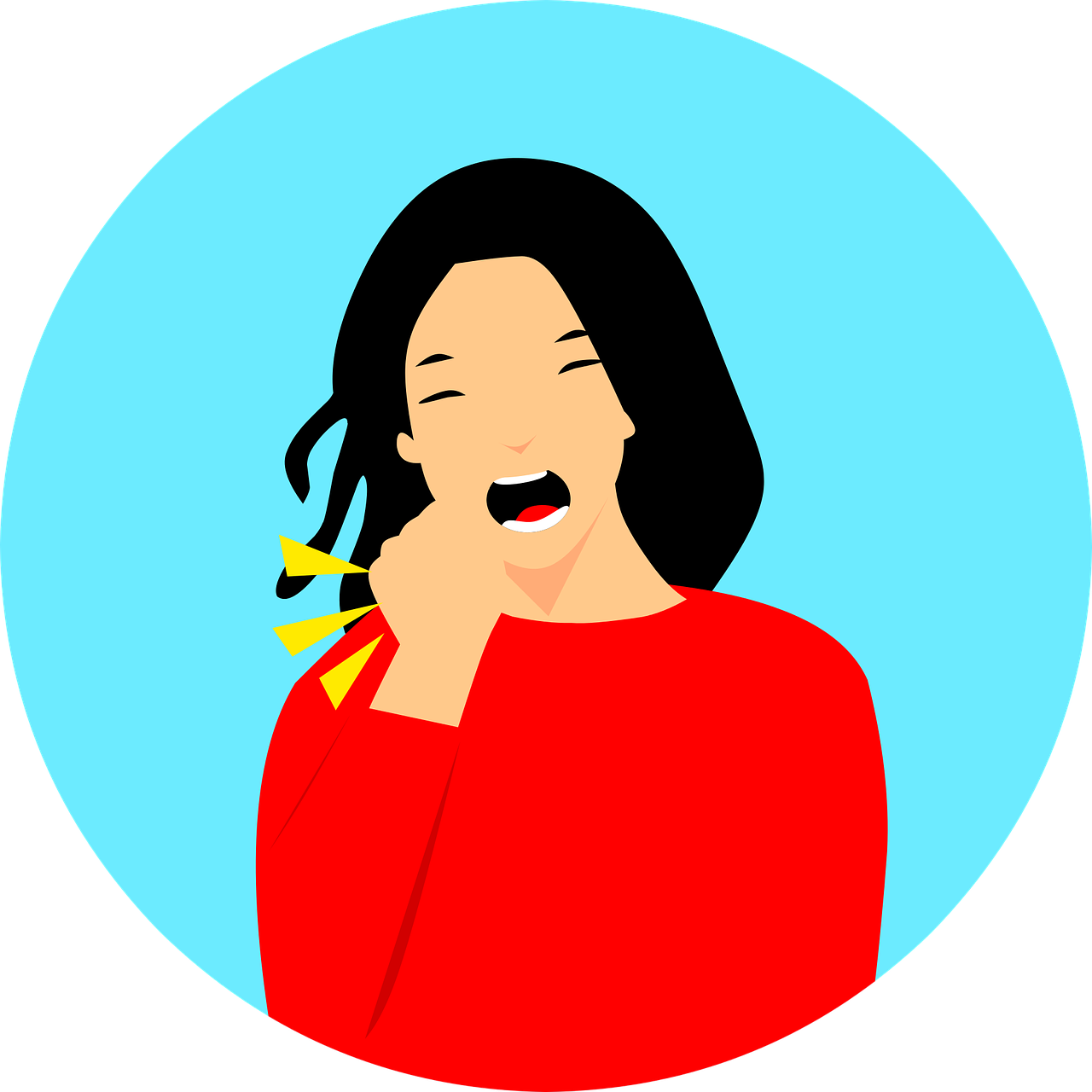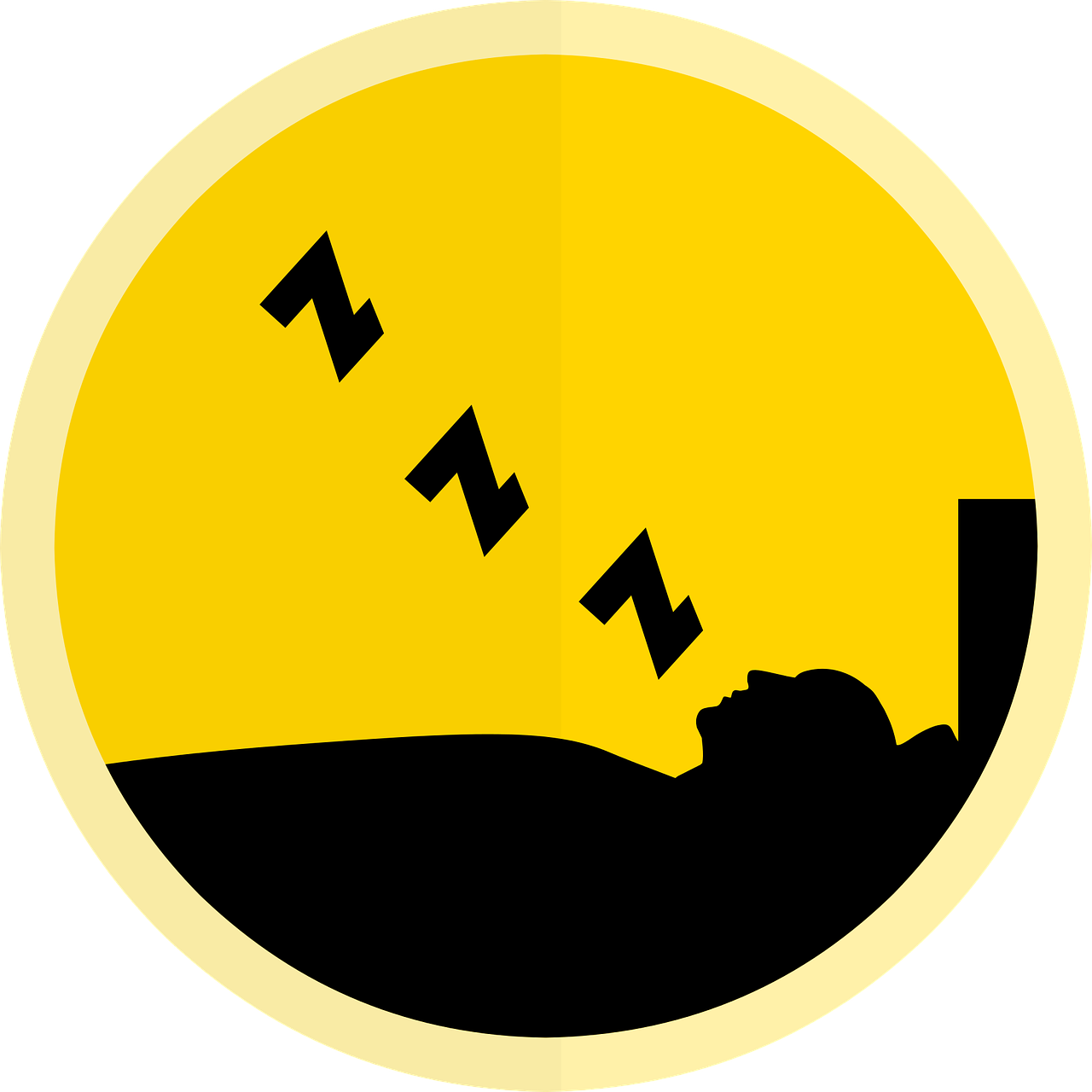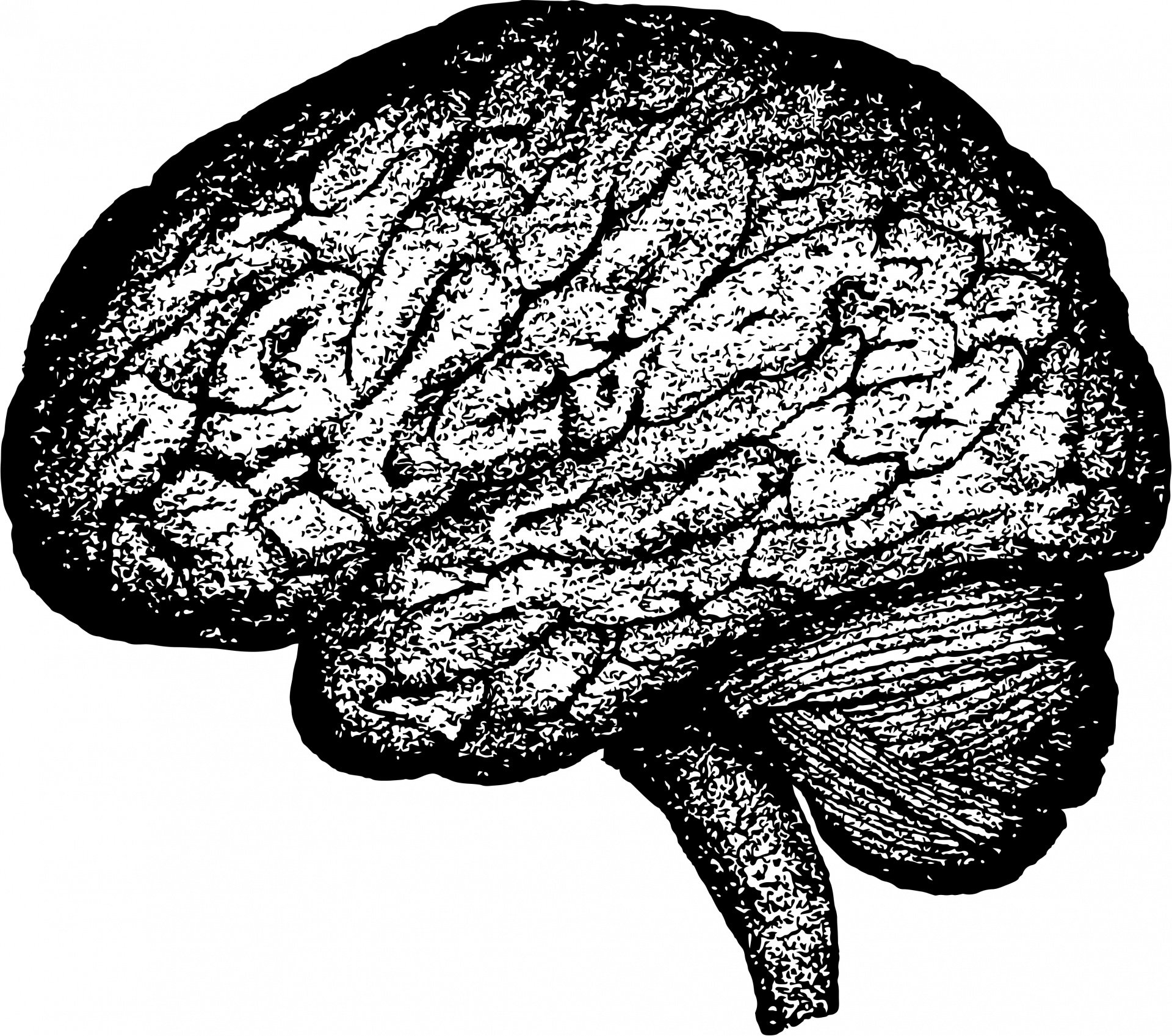It is normal for COPD symptoms to change throughout the day in response to your environment, your activities, and even your circadian rhythm. However, many people with COPD, and especially those with severe COPD, notice their symptoms tend to get worse in the morning.
COPD symptoms can be frustrating any time of the day, but they can be particularly burdensome to deal with first thing when you get up. They are more than just a nuisance; morning COPD symptoms can disrupt your morning routine and have a major effect on your quality of life.
Unfortunately, many patients struggle to manage their morning symptoms effectively. That's why, in this post, we're going to tell you everything you need to know about morning COPD symptoms and what you can do to keep them under control.
The following sections will explain why COPD symptoms tend to worsen in the morning, what kinds of symptoms are common, and how they can affect your daily activities and your overall quality of life. Then, we'll discuss a variety of different techniques, including medications, non-pharmacological therapies, and simple habit changes that can help you better manage and minimize your morning symptoms.
{{cta('43b79c5e-6bd6-4f02-ac27-2d038d20c146','justifycenter')}}
The Burden of Morning COPD Symptoms

According to one research survey, a large proportion of people with COPD—about 37 percent—experience worse symptoms in the morning while they're getting ready to start their day. The number was even higher for people with severe COPD, with 46% reporting more severe symptoms during the morning time.
The most common morning symptoms tend to be shortness of breath, persistent coughing, and coughing up phlegm. They tend to begin immediately after waking up, but many patients also report that their symptoms frequently wake them up from sleep.
For many patients, the worst part of morning COPD symptoms is that they make normal activities like showering, dressing, and getting around the house much more difficult to do. They can also make it more difficult to work, to exercise, and to take care of your overall mental and physical health.
Morning symptoms like breathlessness and coughing can also be exhausting to manage, making your chest muscles sore and draining your energy before your day even gets started. They might make you feel sluggish, fatigued, and too sick to go into work or keep up with your usual routine.
These difficulties can be discouraging, and the added stress of anticipating the daily struggle with morning symptoms can be difficult to cope with psychologically. This can trigger significant anxiety and even depressive symptoms that make it difficult to get up, stay active, and face each new day.
Fortunately, morning symptoms are manageable and treatable if you know the proper steps to take. By working with your doctor and examining your daily habits, you can adjust your lifestyle and treatment plan in ways that help keep your morning symptoms in check.
What Causes Morning COPD symptoms

Unfortunately, the research on morning COPD symptoms is limited, and experts aren't exactly sure why COPD tends to get worse in the morning hours specifically. However, there are several studies that highlight this issue and offer some helpful insight into potential causes and solutions.
For example, experts have pinpointed a variety of factors that could trigger more severe COPD symptoms in the morning and early in the day. These include things like smoking, the effects of poor diet and sleep, and the physical exertion required by many morning activities.
Here's a list of some culprits that are likely responsible for triggering morning COPD symptoms:
- Smoking
- Not adhering to your treatment plan
- Nighttime breathing patterns and sleep posture
- Timing of medications like bronchodilators and supplemental oxygen
- Activities like showering and getting ready for the day
For example, it's common to do activities in the morning that require you to walk and be on your feet, such as showering, getting dressed, cleaning house, and working in the garden. In fact, lots of people tend to be more active in the morning than they are during most other parts of the day.
This extra exertion can trigger breathlessness, coughing, and fatigue in people with chronic lung diseases, especially those who suffer from severe COPD. Certain morning activities may also expose you to respiratory irritants, like pollen (from going outdoors), excess humidity (from the shower), and volatile organic compounds (from body, beauty, and cleaning products).
What You Can Do to Manage and Minimize Your Morning COPD Symptoms
Use Proper Coughing & Mucus Clearance Techniques

A very common symptom of COPD is excess mucus in the airways, which often causes a chronic cough. This kind of cough is triggered by the need to bring mucus up and out of your lungs, which helps clear out your airways so you can breathe.
The phlegm that you cough up is known as sputum, which consists of mucus from your lungs and airways mixed with saliva from your mouth. A large percentage of people with COPD experience a chronic cough with sputum that tends to be the worst in the morning.
Luckily, there are several different exercises, known as mucus clearance techniques (or airway clearance techniques), that you can use to reduce the amount of mucus that builds up in your airways. These include techniques you can do on your own like controlled coughing, methods that require another person to help (e.g. chest percussion), and techniques that require special tools (e.g. lung flute)
Here's a list of some of the most common and effective mucus clearance techniques for COPD:
- Huff coughing
- Deep coughing
- Postural drainage
- Chest percussion
- Using a lung flute (a special medical instrument that produces vibrations to loosen mucus)
- Using a high frequency chest wall oscillation (a special vest that vibrates your chest)
The purpose of all of these techniques is to loosen up the mucus sticking to walls of your lungs and airways so you can get it out by coughing. This helps clear some of the obstruction from your airways, making it easier to breathe and reducing your need to cough as you go about your day.

You might find that mucus clearance techniques help your morning cough most when you use them right before bed or shortly after getting up in the morning. Either way you decide to do it, mucus clearance techniques are an important part of COPD treatment that can reduce your risk for lung infections and exacerbations in addition to treating your chronic cough.
To learn more about the different types of mucus clearance techniques and how to do them, check out this comprehensive guide. It includes step-by-step guides for a several different techniques, as well as a variety of other tips and tricks for reducing mucus in your airways.
Practice Breathing Techniques in the Morning

If you tend to suffer from shortness of breath early in the day, then practicing breathing exercises in the morning might be able to help. There are several different kinds of breathing techniques you can use, all of them simple and easy to do.
Pursed-lips breathing, for instance, is a technique that allows you to breathe better and more easily push all the air out your lungs when you exhale. This is especially helpful for getting rid of trapped air in the lungs, which worsens shortness of breath and is especially common in people with emphysema.
Another breathing technique is diaphragmatic breathing, a technique that encourages you to use your diaphragm, instead of your chest muscles, to breathe. This reduces strain on your chest and breathing muscles, making it easier and more comfortable to breathe.
Studies show that breathing techniques can reduce shortness of breath both during exercise and at rest. They can also help you learn how to control your breathing better in situations that tend to make you feel short of breath.
The great thing about breathing techniques is that they are so simple to remember and you can do them anytime and anywhere you need. You can even start practicing breathing exercises before getting out of bed!
By paying more attention to your breathing and putting exercises you've learned to use, you can prevent or reduce the amount of breathlessness you experience as you go about morning activities that tend to trigger shortness of breath. Pursed-lips breathing, for instance, can help you keep your breathing steady and under control when you shower, get dressed, and do other tasks around the house.
If you want to learn how to perform these and other breathing techniques, check out our guide to COPD breathing exercises here. This article includes several step-by-step guides to help you practice breathing exercises at home as well as a variety of practical tips for how to use these techniques more effectively.
Talk to Your Doctor about Adjusting Your Medication

If you notice that your COPD symptoms tend to get worse in the morning, it's important to tell your doctor. The more your doctor knows about your symptoms and when they they flare up, the better he can tailor your treatment to manage your symptoms throughout the day.
For example, your doctor might suggest that you use a quick-acting bronchodilator medication first thing in the morning after you get up. He might also have you try a new medication (e.g. a twice-daily maintenance inhaler instead of a once-a-day medication) or instruct you to take your medications at a different time of day so that they are more effective in the morning.
{{cta('b59df0c1-c4de-47a8-8e1c-0d33d4b414aa','justifycenter')}}
Your doctor can also prescribe new medications or adjust your medication dosage so your symptoms are better controlled. He can also tell you whether or not you could benefit from over-the-counter medications to target specific morning symptoms; over-the-counter expectorants, for instance, loosens up mucus to facilitate airway clearance and potentially reduce a morning cough.
Of course, you should never change your medication dosage or schedule without your doctor's explicit permission. You should always follow your treatment plan exactly as written, and all adjustments must be approved and supervised by your doctor.
However, before you even consider talking to your doctor about changing your treatment plan, you first need to make sure that you're currently taking your medications as prescribed. If you aren't following your COPD treatment plan and using your medications exactly as instructed, then that's the first thing you need to change.
Unfortunately, studies show that a large number of people with COPD don't take their medications consistently or correctly, and this is a major cause of morning COPD symptoms. Other studies show that more than two-thirds of people with COPD do not use their inhalers correctly.

This is extremely important, because taking your medication exactly as directed and carefully following the instructions for your inhaler is necessary to keep your COPD symptoms under control. Poor inhaler technique alone can have a huge impact on your health by preventing you from getting a full dose of medication.
Because of this, you should regularly review your COPD action plan and your medication instructions until you're positive you fully understand your own treatment. Also, you should never hesitate to ask your doctor to explain anything related to your health and your treatment, including how to use your inhaler and how to follow your COPD action plan.
Get Better Sleep

How well you sleep during the night can have a major impact on how well you feel in the morning when you get up. It can also have a major impact on your COPD symptoms and your overall health.
Unfortunately, about forty percent of people with COPD struggle to get good-quality sleep during the night. This can be caused by a variety of factors, including worsened nighttime symptoms, sleep disorders, and normal biological changes that happen in your body while you sleep.
For instance, your respiration rate declines when you fall asleep, causing you to breathe more slowly and shallowly than you do when you're awake. This can worsen COPD symptoms like shortness of breath at night, making it more difficult to fall and stay asleep.
Some COPD patients also experience nighttime oxygen desaturation, or hypoxemia, which happens when your lungs are unable to absorb an adequate amount of oxygen to meet your body's needs. This can cause you to wake frequently during the night and lead to a variety of other symptoms, including morning fatigue and cognitive impairment.
Research shows that poor nighttime sleep quality is linked to a variety of morning symptoms that many people with COPD experience on a regular basis. This includes symptoms like breathlessness, more frequent exacerbations, and more difficulty getting out of bed in the morning.

Poor sleep alone can also cause mild cognitive impairment, which is a common in people with COPD. This causes problems like memory loss and concentration difficulties that can affect your morning routine; for instance, it could make it more difficult to remember things like taking your medications or other important tasks you need to finish to get ready for the day.
So, now that you understand how sleep quality can impact your morning symptoms, what can you do in order to actually get better sleep? Unfortunately, the answer isn't always simple, and you may need to work with your doctor or a sleep specialist in order to find solutions that work for you.
For example, if you experience nighttime oxygen desaturation, your doctor might prescribe supplemental oxygen for you to use specifically at night while you sleep. This will help keep your blood oxygen levels up at night, which can reduce fatigue, cognitive impairment, and other symptoms of oxygen deprivation that you experience in the morning.
Sleep posture is also important, as some sleeping positions make it easier or more difficult to breathe. Most experts suggest that people with COPD sleep on their side for better breathing, since sleeping on your back or stomach can put extra weight and pressure on your chest.
There are also a variety of practical changes you can make to your bedroom and bedtime routine that make it easier to sleep comfortably and get quality rest at night. A good place to start is establishing a consistent nighttime routine, which is a simple yet proven method for improving your sleep.
You should also try to create a bedroom environment that is quiet, relaxing, and free from stressors and distractions. It helps to treat your bed like a sacred place meant only for sleep and sex, and avoid using electronics or doing anything else besides resting when you are in your bed.
If you wake frequently during the night or feel tired in the morning despite getting adequate sleep, you might also need to get tested for a sleep disorder like obstructive sleep apnea. Sleep apnea is a very common disorder that affects a large number of people with COPD, and getting diagnosed and treated for it can drastically improve your sleep.
Treat Yourself to Proper Nutrition

If you find it difficult to muster up the energy in the morning that you need to face the day, then improving your diet might help. Unfortunately, many people with COPD struggle with activities like shopping, cooking, and even eating because they make it more difficult to breathe.
However, these activities are all necessary parts of eating a healthy diet, which is particularly vital for people with COPD. Eating whole, nutritious foods ensures that your body has the energy it needs to stay active, and that your lungs have the fuel they need to function efficiently.
While it may not have a direct effect on morning COPD symptoms like breathlessness and coughing, a healthy diet can boost your energy levels and make it easier to manage your morning routine. When your body is properly nourished, you may find it easier to get out of bed in the morning and stay active throughout the day.
A nutritious diet can also help combat fatigue, a common COPD symptom that can reduce your ability to work, exercise, and function well in the morning. It can also help prevent lung infections and a variety of other COPD- and age-related health conditions like heart disease and osteoporosis.
If you have trouble eating enough nutritious foods or need help understanding what a healthy diet looks like, you can always ask your doctor or a dietitian for help. They can help point you in the right direction and even help you put together a personalized nutrition plan.
We've also created a number of healthy diet and nutrition guides specifically for people with COPD. You can use these resources to learn more about what a COPD-healthy diet looks like, how to recognize healthy versus unhealthy foods, and even how different foods can affect your COPD symptoms.
These guides also include a plethora of practical tips that can help you smoothly integrate healthier diet and eating habits into your daily life. They will show you how to make shopping for, cooking with, and eating nutritious foods more manageable, even if you suffer from severe COPD.
Check out the following guides for more information:
- Healthy foods you should eat if you have COPD
- Unhealthy foods you should avoid if you have COPD
- Tips for simplifying and streamlining your shopping, cooking, and meal planning
- How a carb-heavy diet can make it harder to breathe
Streamline Your Morning Routine

Nearly three-quarters of people with severe COPD experience morning symptoms that are bad enough to interfere with their morning routines. If you are one of those people, try not to get discouraged; there are a variety of things you can do to streamline your morning routine and make it easier to manage.
You can start by looking for ways to reduce the amount of physical activity you have to do in the morning. If you can minimize the amount of walking, reaching, and bending you have to do, you can reduce the amount of breathlessness you experience as you go about your morning routine.
For example, you can intentionally organize your home in such a way that the items you use every morning are in the most logical, convenient, and easy-to-reach places. This includes things like clothing, towels, toiletries, and cooking supplies that you need to access every day.
Showers are another major source of breathlessness and fatigue in the mornings; this is due to both the physical exertion required to shower and the humidity it releases into the air. However, you can reduce your symptoms both during and after showering by using shower aids (like shower chairs and handles) and by taking care to vent humidity from the bathroom via a window or vent.
You might also be able to reduce the strain that morning activities put on your lungs by reducing your total morning workload. For example, you could move some of the tasks you normally do in the morning to a different time of day when your symptoms are likely to be less severe, or you could ask friends or family members to help you with the most exhausting tasks.
Which methods work for you will depend on your home's layout, your individual lifestyle, and the severity of your disease. Whatever you choose, it's important when you have COPD to make adjustments to your daily habits and routines as needed so that you can live and work as comfortably as possible.
Eliminate Respiratory Irritants from Your Morning Routine


